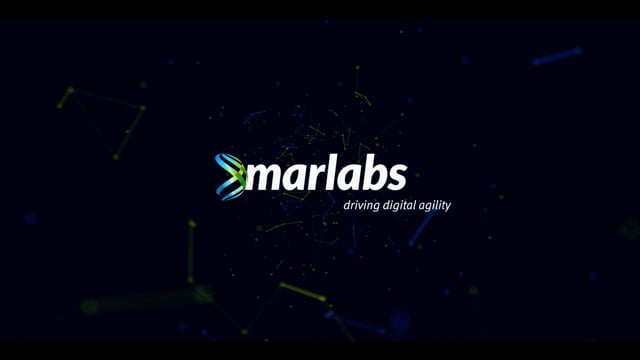However, a shift towards user-centric design thinking has revolutionized digital lending. Lenders are now leveraging digital platforms to create more personalized and efficient experiences. By integrating data sources and automating processes, they can reduce documentation, offer tailored pricing, and provide new services that were previously unavailable.
The Imperative of Digitizing Lending: A Strategic Necessity
Rapid digitization in lending is opening doors to new customer value propositions that go beyond traditional limitations. Forward-thinking lenders are embracing this era of digital transformation by:
1. Restructuring Workflows and Processes:
Mundane end-to-end workflows have been a catalyst for digitization in lending. While significant progress has been made, there’s still ample opportunity for lenders to enhance the overall digital user experience. This can be achieved by integrating newer data sources, redefining lending requirements, and streamlining both internal and customer workflows for a frictionless lending experience.
2. Digitizing Back-end Operations
While digitization often focuses on front-end interactions, streamlining back-end operations is equally essential for providing a seamless customer journey. As the digital revolution accelerates, lenders must prioritize digitizing their back-end processes to meet evolving consumer expectations.
This involves re-evaluating existing structures and systems to reduce silos and improve efficiency. Rather than a complete overhaul, a more incremental approach to digital transformation, focusing on creating new customer experiences or optimizing existing journeys while gradually modernizing the IT infrastructure, maybe the key to success.
3. Staying Human in the Digital Age
Even in today’s digital world, human connection remains paramount. Borrowers still appreciate the ability to seek advice and connect directly with executives who can answer their questions promptly. While this doesn’t necessarily require face-to-face meetings or phone calls, it presents an opportunity for early adopters. While early digital innovations might have felt impersonal, interactive co-browsing applications and video chats can now provide the same benefits as in-person interactions, enhancing the digital user experience.
4. Hyper-Personalization at Scale
Artificial Intelligence now enables lenders to provide personalized suggestions in a cost-effective manner, helping consumers understand options based on their individual financial situations.
Consumers actively seek relevant inputs that might either improve their financial health or help them make smarter decisions, leading to an increase in the popularity of wellness programs for finance and financial management tools. On the flip side, digitization is also progressing in terms of customer acquisition. Smart investments in web analytics and digital marketing now provide lenders with the opportunity to reach customers at an effective stage of their financial journey. It’s a transformative effect that could make digital lending frictionless from start to finish.
However, it’s not merely about reducing friction. Digital lending is best optimized when lenders understand and respond to personal needs, provide support throughout the journey, and add value with inputs that better manage financial health. Expect digital product engineering innovation around AI-powered chatbots, wearables, voice interaction, and more in the coming years. It’s best to stay prepared.
In conclusion, the successful adoption of digital innovation in lending hinges on aligning it with user needs. Your customers are eager to embrace a personalized and seamless digital experience. By prioritizing their preferences and providing value-added services, you can drive customer satisfaction and long-term loyalty.






